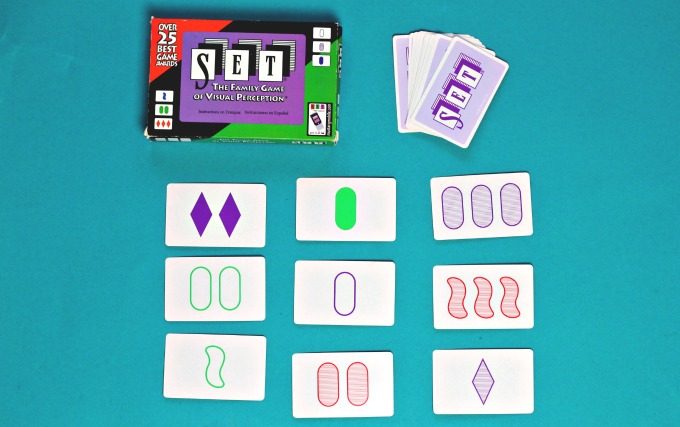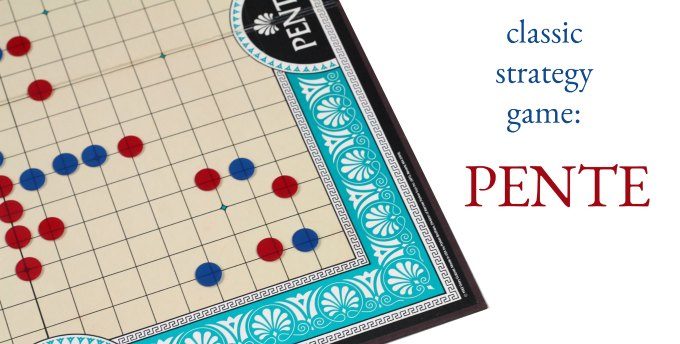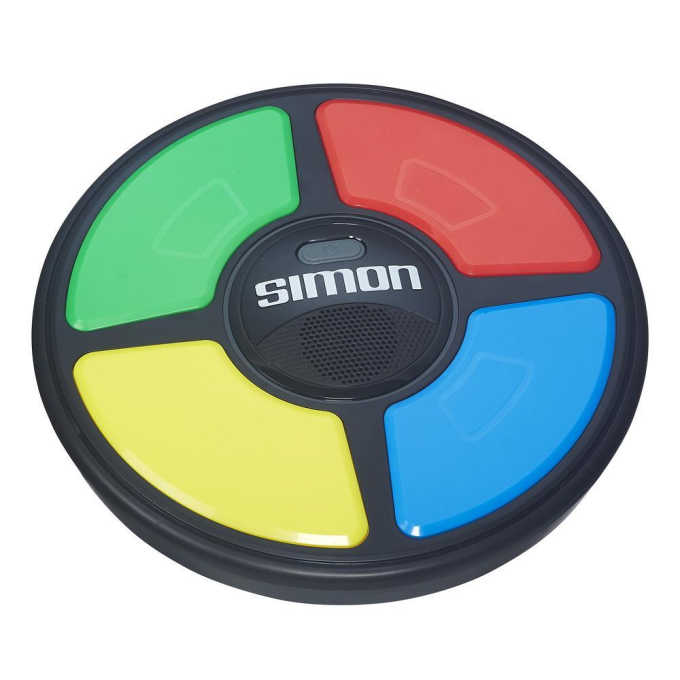When asked about the advantages of playing board games with kids you might think of the usual reasons. They teach strategy and sportsmanship, and they are opportunities for family bonding. But games can have other distinct advantages. Specifically, the right game can strengthen visual perception skills and improve visual discrimination.

Occupational therapists have long recognized the usefulness of using just the right game to work with kids on their visual skills like spatial relationship, visual memory, and visual closure. These skills are crucial and strengthening visual perception is not just for kids who may have a deficit. These skills have important real life applications, especially with regard to reading and mathematics.
I've previously shared our favorite games that improve executive function skills and games that get kids moving. Recently, my son and I played every single game in our game closet and I noticed a few games were particularly useful when it came to challenging players' visual perception skills. The following games are six of our favorites.
Note: this post contains affiliate links that may earn commission.
Happy playing!
Chicken War

Chicken War from ThinkFun is touted as a guessing game but what I noticed is that you really, really, really have to pay attention to details. And not just to your own cards, but to your opponents' as well.
Game play consists of collecting a group of chickens with several similar elements and discarding the rest. Elements include color, props, and attire. For example you may want only chickens with blue shirts, sunglasses and whisks.
While you are engaged in forming your own chicken army, you must pay very close attention to your opponents' chickens because the object is to guess what elements they are using to amass their fowl force. It is definitely not easy and requires intense visual memory as well as visual discrimination.
Plus, Chicken War a really fun game with a hilarious premise, so there's that.
Find it: Amazon
Set

Set is a self-proclaimed "game of visual perception" and it certainly lives up to its name. Players race to find a set of three cards which share certain characteristics. Each card displays a design that has four elements: shape, quantity, color and shading. For three cards to make a set each individual element on the three cards must be all the same or all different.
Again, visual discrimination is hard at work, as is visual tracking since players' eyes move across an array of 12 (yes, I know the photo only shows 9) cards. Conveniently, Set can also be played by a single player. Learn more about Set in our game of the month feature.
Find it: Amazon
Swish
Swish is one of my favorite non-traditional card games. Swish consists of a deck of 60 transparent cards, each with hoops or balls of different colors. The object of the game is to create as many "Swishes" as possible. You create a "Swish" by stacking two or more cards so that every hoop encircles a ball of the same color.
The challenge of the game is that you must rotate, flip and match the cards in your mind, without touching them. This requires some serious mental manipulation of images, exercising those spatial reasoning and perception skills.
Swish was a past game of the month and you can read my tips on playing with kids here.
Find it: Amazon
Pente

I may not have thought to put Pente on this list of visual perception games, but when my son and I played it I noticed how challenging it was to pay attention to all the token positions and prevent your opponent from getting 5 in a row. (i.e. he beat me every time, clearly I need to work on my visual perception skills)
When I featured Pente as a game of the month I shared how I found a vintage version for a dollar at a thrift store. However the current version is for 4 players instead of two and I think it would be even more effective for working those visual skills.
Find it: Amazon
Dr. Eureka
Dr. Eureka from Blue Orange Games on Vimeo.
What I like about Dr. Eureka is that it combines fine motor manipulation work and control with visual work.
In Dr. Eureka, players race to fill their beakers with colored beads to match the positions shown on challenge cards. Sequencing, visual discrimination, and spatial relationships are hard at work as kids manipulate their beakers to transfer the beads back and forth between the test tubes without dropping them.
And yes, Dr. Eureka was also a game of the month! Read more about our experience as well as our tips for a successful game time.
Find it: Amazon
Simon

Like Dr. Eureka, Simon combines visual skills with work on another of the five senses. In this case, kids put both their visual and auditory memory skills to the test! Simon has been around since 1978 and it's one of those games that as soon as you start playing you realize just exactly what makes it such a classic!
Find it: Amazon
Know what else are awesome visual perception games? Traditional abstract strategy games from around the world. We have loads on the blog that we have played and enjoyed. Bonus! You can make them all yourself.



Manuel says
Wow! Such an awesome visual perception games for kids. Thanks for collecting all the top visual perception games for kids in a single article. These games help your child learn to pay attention to visual details in matching things up and spotting things that don't belong. These games also my personal favorite.
Keep up the good posting, Erica